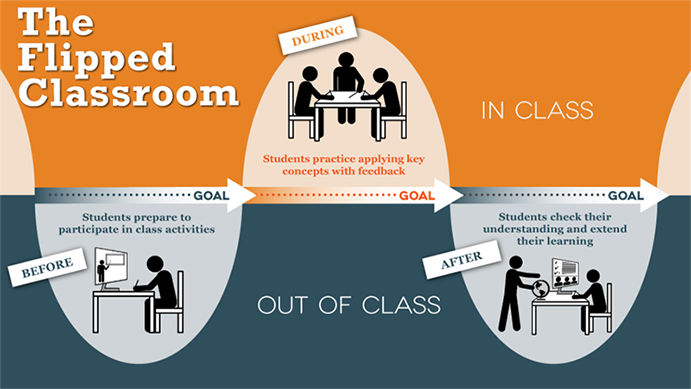Flipped Learning
Designed to enhance student learning and achievement, flipped learning is a learner-centered model in which direct instruction moves from the group learning space to the individual learning space. It “flips” work traditionally done at home into the classroom. It is a perfect extension of the classic Montessori work-time, allowing students to do work with their teachers nearby to answer questions and lend support as needed.

Benefits of the Flipped Classroom
Differentiated Instruction
Flipped lessons provide instruction that is responsive to each student’s readiness, learning style and prior knowledge. Through this approach, the teacher becomes a facilitator - guiding students as they learn - rather than a disseminator of information, as in the more traditional classroom setting.
Self-Paced Work
Flipped learning allows for self-paced work. The student who needs more time to achieve mastery doesn’t get left behind and the student who masters the same concept quickly is able to move on. As a result, both learners reach their full potential, and many times student behavior in class improves as each child is more engaged. No one is idly sitting in class.
Individualized Learning
Flipped learning moves instruction out of the classroom and into a personalized environment at home. Self-paced video instruction allows students to control the rate at which the lesson is delivered, empowering them to “interrupt” the lesson if they are confused and “rewind” to hear the content again.
Increased Student Engagement
The flipped classroom raises student engagement and collaboration. With introductory instruction accomplished prior to class time, in-class activities allow for greater depth of topics, activity learning, group work and practice problems. Students engage in peer learning, sharing their knowledge with each other. Teachers are easily able to identify gaps in understanding, errors in thinking or misconceptions in application, and they can be more available for one-on-one instruction.